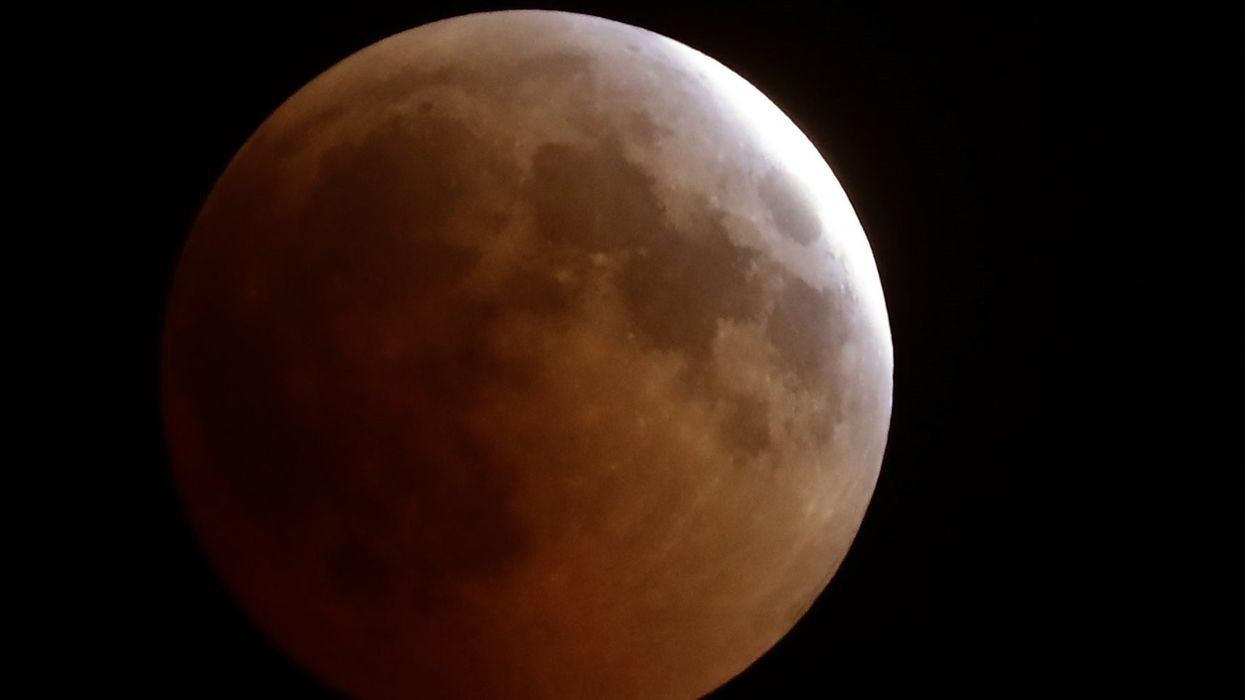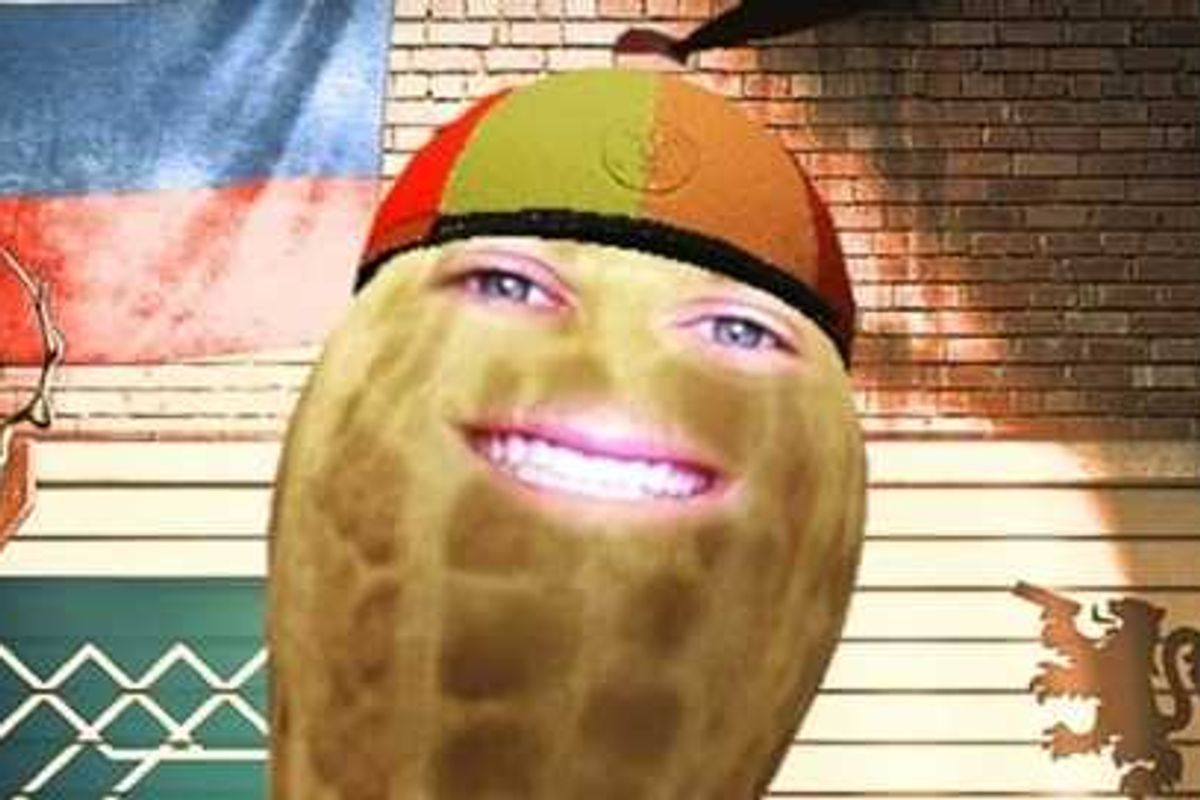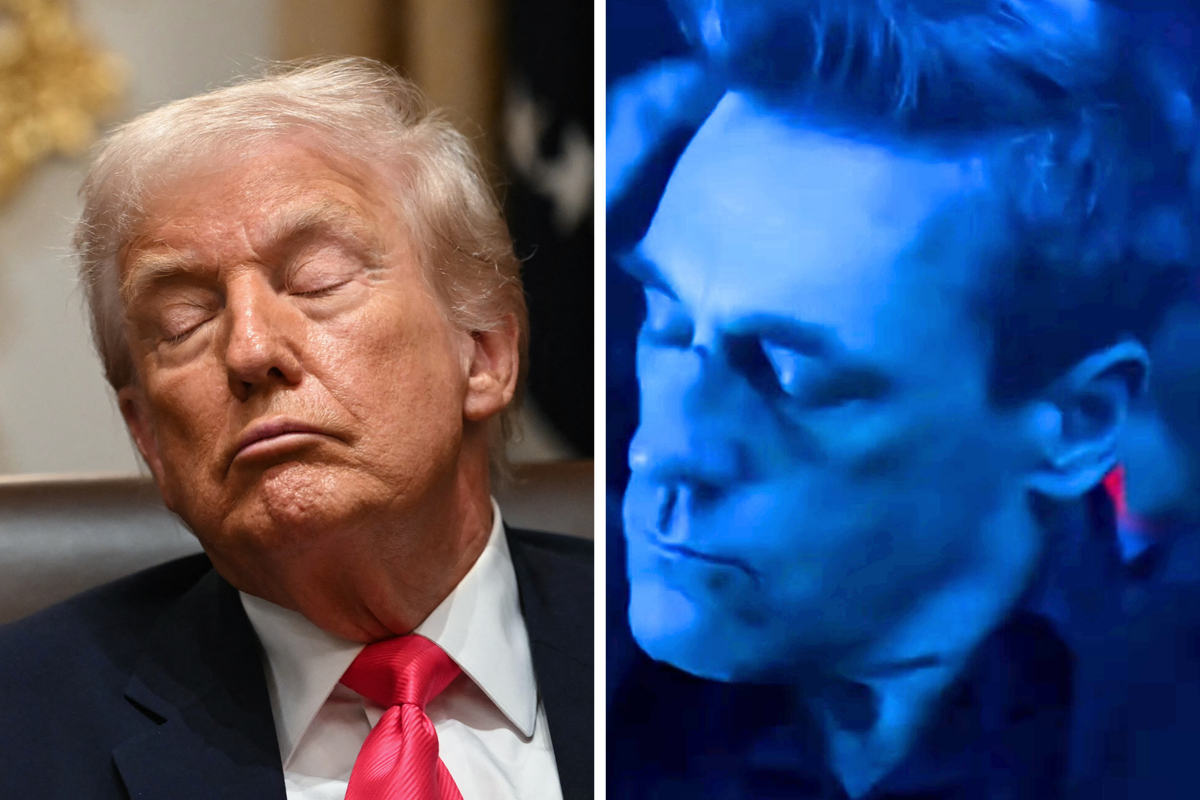News
Greg Evans
Jul 28, 2018
Last night, large areas of the planet basked in the glory of the longest 'blood moon' eclipse of the century.
As long as your view wasn't completely obscured, you were treated to a rare astronomical event with the lunar eclipse lasting around 103 minutes.
While everyone was snapping pics of the scarlet moon for their Instagram accounts you can bet that the one thought running through everyone's mind was 'what do Flat Earthers think of this?'
Although the Flat Earth community has some pretty wild explanations as to why they believe the Earth is flat surely they can't possibly argue against the heliocentric model, the mechanic which causes planets to rotate around the Sun.
For a quick visual representation, this is how Flat Earthers think the Sun and the Moon rotate around Earth.
According to the Flat Earth Society the shadow of the moon has absolutely nothing to do with the shape of the Earth and that the model of a lunar eclipse is illogical.
William Carpenter, the author of One Hundred Proofs That the Earth is Not a Globe, wrote:
The Newtonian hypotheses involves the necessity of the Sun, in the case of a lunar eclipse, being on the opposite side of a globular earth, to cast its shadow on the Moon: but, since eclipses of the Moon have taken place with both the Sun and the Moon above the horizon, it follows that it cannot be the shadow of the Earth that eclipses the Moon; that the theory is a blund; and that it is nothing less than a proof that the Earth is not a globe.
They also cited another Flat Earth author Samuel Rowbotham who had studied the lunar eclipse phenomenon throughout his career.
He attempted to debunk the theory that an eclipse is actually a refraction with a simple experiment. He said:
An object by refraction is bent upwards; but the shadow of any object is bent downwards, as will be seen by the following very simple experiment.
Take a plain white shallow basin, and place it ten or twelve inches from a light in such a position that the shadow of the edge of the basin touches the centre of the bottom. Hold a rod vertically over and on the edge of the shadow, to denote its true position.
Now let water be gradually poured into the basin, and the shadow will be seen to recede or shorten inwards and downwards; but if a rod or a spoon is allowed to rest, with its upper end towards the light, and the lower end in the bottom of the vessel, it will be seen, as the water is poured in, to bend upwards - thus proving that if refraction operated at all, it would do so by elevating the moon above its true position and throwing the earth’s shadow downwards, or directly away from the moon’s surface.
Hence it is clear that a lunar eclipse by a shadow of the earth is an utter impossibility.
This still doesn't really explain where the moon's shadow comes from in both a solar and lunar eclipse. Amazingly, they believe that the shadow is nothing to do with the moon at all.
Jeremiah Daniel, a Flat Earther on YouTube attempted to use maths to explain that in order for the Sun or the Moon to block out each other that they would have to be the same size.
We're not experts on this sort of thing but we would think that perspective and distance would play a large part in this phenomenon.
Last year, Will Kinney, a professor of physics at the University of Buffalo SUNY, told Mic that these sort of beliefs just don't hold up:
The Sun isn’t a simple 'point source' like a flashlight. It’s a huge source of light, beaming out light in every direction from a considerable distance away relative to the Earth and the Moon.
A better analogy would be the shadow of a marble in the light of a bonfire.
Flat Earthers also question the path that the moon travels. If it is going from east to west and the Earth is spinning west to east, then how does it work?
As NASA explained in a handy FAQ on their website the moon travels east in its orbit quicker than the Earth does.
The Moon moves to the east in its orbit at about 3,400 km/hour.
Earth rotates to the east at 1,670 km/hr at the equator, so the lunar shadow moves to the east at 3,400 – 1,670 = 1,730 km/hr near the equator.
You cannot keep up with the shadow of the eclipse unless you travelled at Mach 1.5.
Hopefully, that explains and debunks a few things that Flat Earthers might have been thinking last night but in all seriousness why can't we all just enjoy the wonders of the solar system and stop arguing?
HT IFL Science
Top 100
The Conversation (0)














Donald Trump explodes at 'obnoxious' reporter